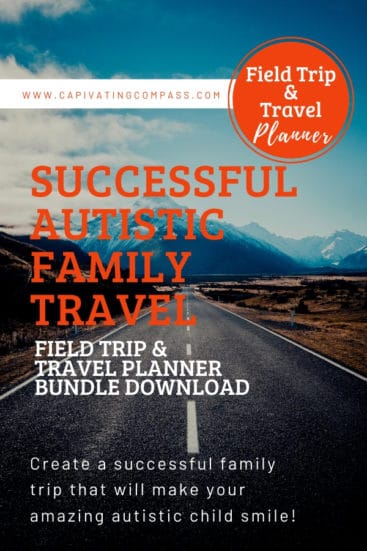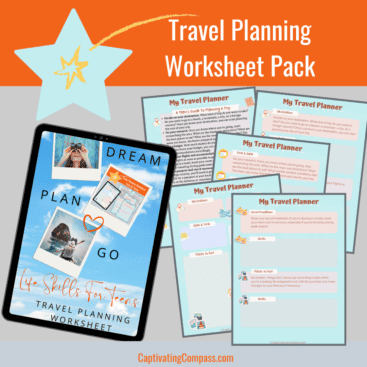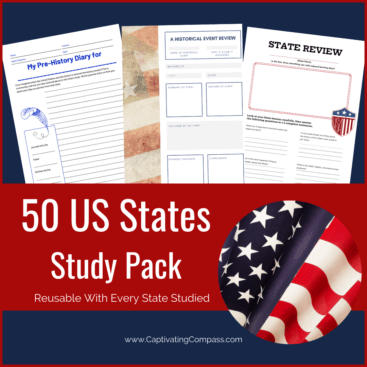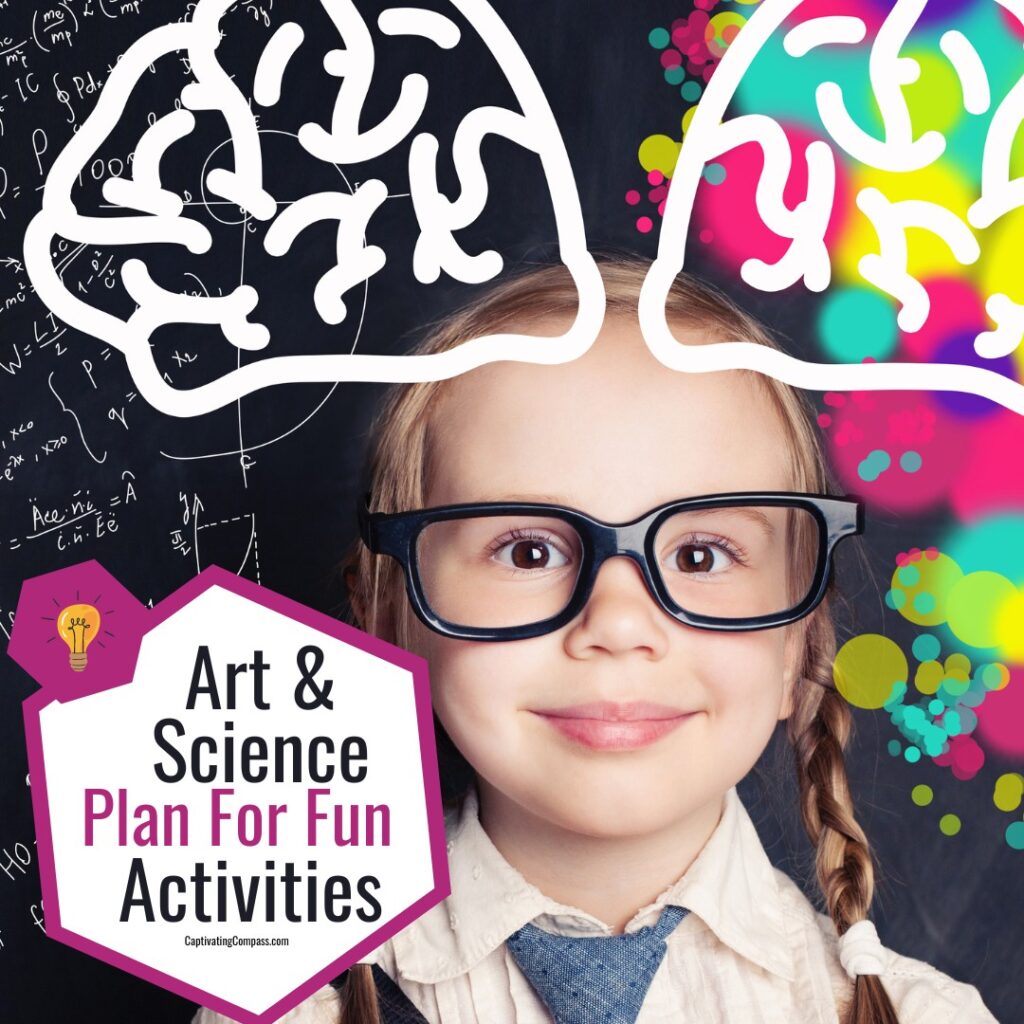
Field trips are an exciting way to engage children in interactive learning experiences outside the classroom. From exploring museums and landmarks to visiting national parks and cultural art centers, field trips offer a hands-on approach to education that can ignite curiosity and spark creativity in young minds. Get ready to explore the benefits of educational field trips for kids and discuss how incorporating field trips and hands-on art and science activities for kids can enhance the learning experience.
One of the key benefits of field trips is the opportunity for children to explore museums and landmarks in a fun and engaging way. Interactive exhibits and hands-on activities can help children learn about art, science, history, and culture in a way that traditional classroom settings cannot always replicate. By allowing children to touch, see, and experience things firsthand, field trips can help them make connections between what they learn in their homeschool lessons and the world around them.
National parks and gardens also offer a unique learning experience for children. Exploring the natural world can help children develop a greater appreciation for the environment and a sense of curiosity about the world around them. Whether it’s observing wildlife, studying plant life, or simply enjoying the great outdoors, field trips to parks and gardens can provide children with a fun and educational experience that can have a lasting impact on their understanding of the world.
Promoting Exploration and Discovery with Art & Science Activities for Kids
Incorporating hands-on activities into field trips is essential for promoting exploration and discovery. By designing obstacle courses, interactive exhibits, and other engaging learning opportunities, educators can help children develop critical thinking skills, problem-solving abilities, and creativity.
Field trips to art museums and science centers, for example, can provide children with the chance to experiment with different materials, explore new ideas, and express themselves creatively. Participating in live or simulated science experiments and activities always engages homeschoolers with exciting hands-on, interactive experiences that bring deeper undertaking to science concepts.
Overall, field trips offer a valuable opportunity for children to learn in a hands-on, interactive way. By planning visits to museums, landmarks, national parks, and other educational attractions, educators can enhance the learning experience for children and help them develop a lifelong love of learning. So pack your bags, grab your sunscreen, and get ready for a fun and educational adventure exploring the world around you!
Promoting Exploration and Discovery: Incorporating Hands-On Activities in Field Trips for Kids
Let’s make learning fun with hands-on activities during field trips for kids. Encouraging exploration and discovery by incorporating interactive art and science activities for kids can make a world of difference in a child’s educational experience. By providing opportunities for kids to engage with their surroundings and learn through play, you are sparking their curiosity and igniting a passion for learning that will last a lifetime.
Imagine the excitement on a child’s face as they participate in hands-on experiments and creative projects during a field trip. These activities not only make learning more engaging and memorable but also help children develop essential skills such as critical thinking, problem-solving, and creativity. By fostering a love for learning through hands-on experiences, you are setting the stage for a future filled with curiosity and a thirst for knowledge.
So, next time you are planning a field trip for kids, consider incorporating hands-on art and science activities for kids that will inspire exploration and discovery. Whether it’s a trip to a museum, a nature reserve, or a historical site, there are endless possibilities for engaging children in interactive learning experiences. By making field trips a hands-on adventure, you are not only making learning more enjoyable but also laying the foundation for a lifelong love of learning.
The Benefits of Art & Science Activities for Kids
Exploring Hands-On Exhibits in Art and Science Museums
Field trips to art and science museums provide hands-on learning experiences for everyone. Kids can explore and interact with exhibits to enhance their understanding of art and science concepts. By engaging in hands-on activities at museums, kids and teens can have a deeper appreciation for the subjects they are learning about. These interactive experiences can help them retain information better than traditional homeschool methods.
Field trips encourage curiosity and creativity in children like you. When you visit museums, you have the opportunity to explore and discover new things on your own. This freedom to explore can spark your imagination and inspire you to think outside the box. Hands-on activities in museums allow you to experiment and learn in a fun and engaging way, making the learning process more enjoyable and memorable for you.
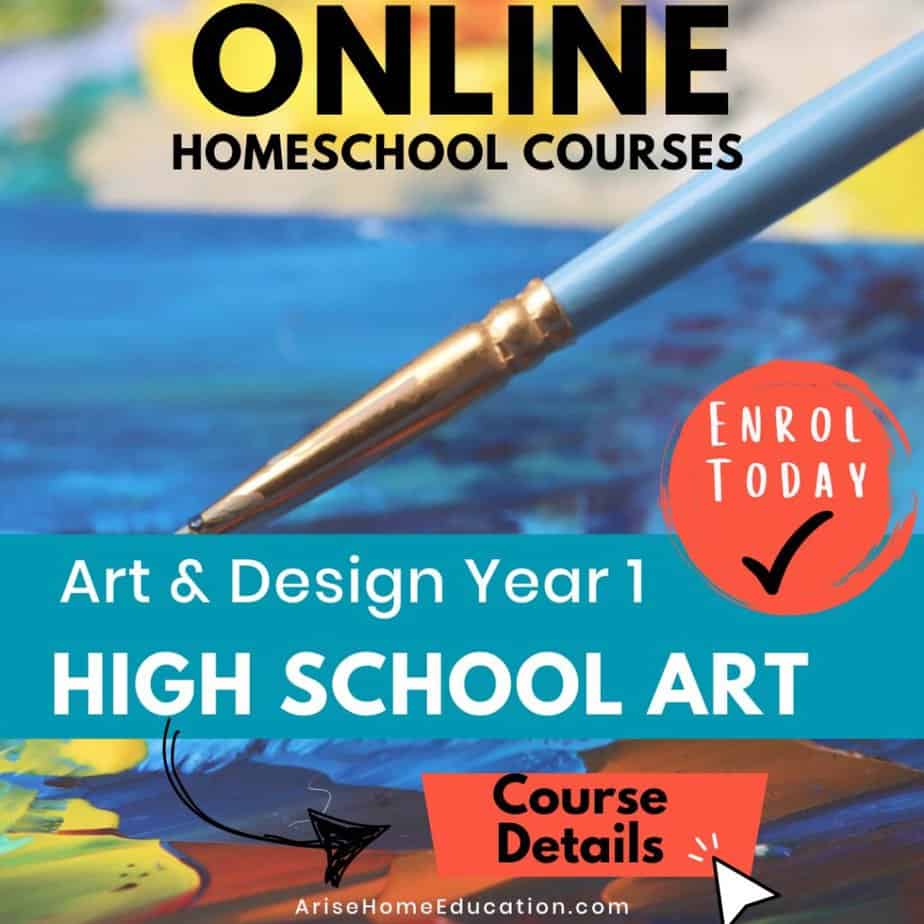
Field trips offer a break from routine lessons and allow you to have fun while learning. By visiting art and science museums, you can see real-life applications of what you are studying in school through interactive exhibits. This hands-on approach to learning can help you make connections between theoretical knowledge and practical applications, making your educational experience more meaningful and impactful. So, get ready to embark on a journey of exploration and discovery during your next field trip to a museum or science center!
Engaging Learning Opportunities: Planning Visits to Art Museums and Science Centers
Take advantage of local art museums and science centers for engaging and hands-on learning experiences. Plan ahead for your visit by researching the exhibits and activities offered at each location. Look for interactive exhibits that will keep kids excited and engaged throughout the visit. Consider scheduling a guided tour or workshop to enhance the learning experience. Don’t forget to pack snacks and water for a fun and educational day out. Encourage kids to ask questions and explore their curiosity during the visit.
When planning your visit to an art museum or science center, it’s important to consider the interests and preferences of your children. Look for exhibits that align with their hobbies or school subjects to make the experience more relevant and enjoyable. Check the museum’s website for any special events or programs that may be happening during your visit. This could include live demonstrations, hands-on activities, or even meet-and-greets with scientists or artists. Families with neuro-unique children may appreciate this field trip and travel bundle.
During your visit, be sure to engage with the exhibits and encourage your children to do the same. Ask them open-ended questions to spark their curiosity and encourage critical thinking. Take the time to read information placards and watch any accompanying videos or demonstrations to deepen your understanding of the subject matter. Most importantly, have fun and enjoy the learning experience together as a family.
Enhancing Learning Experiences: The Importance of Hands-On Learning at Art and Science Attractions
Engaging in hands-on activities at art and science attractions allows kids to explore and learn in a fun, interactive way. The tactile experience of creating art or conducting science experiments helps everyone better understand and retain information. When your kids interact with real-life exhibits and materials at museums and galleries, learning comes to life. Hands-on learning fosters creativity, critical thinking, and problem-solving skills in all age groups. Field trips to art and science attractions provide opportunities for your family to make connections between your homeschool lessons and the real world. Encouraging hands-on exploration at a young age can spark a lifelong interest in art, science, and learning in general.
When homeschoolers participate in hands-on activities at art and science attractions, they have the chance to immerse themselves in the subject matter. By physically engaging with the materials and exhibits, they deepen their understanding and make lasting memories. The interactive nature of hands-on learning keeps everyone engaged and excited about what they are learning. As kids experiment, create, and explore, they develop important skills that will serve them well in school and beyond.
At art and science attractions, your kids have the opportunity to see firsthand how concepts they learn in homeschool lessons apply to the real world. By engaging in hands-on activities, they can see the relevance of what they are learning and how it impacts the world around them. This hands-on approach helps them develop a deeper appreciation for art, science, and the learning process (no matter the subject). Through exploration and discovery, you are encouraging your homeschooler to think critically, ask questions, and seek out answers. Hands-on learning not only enhances their academic skills but also nurtures their curiosity and passion for learning.
-
Product on sale
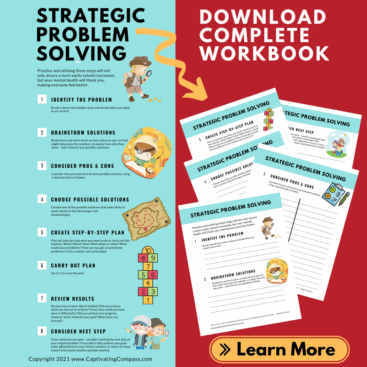 Strategic Problem Solving WorkbookOriginal price was: $12.00.$7.00Current price is: $7.00.
Strategic Problem Solving WorkbookOriginal price was: $12.00.$7.00Current price is: $7.00. -
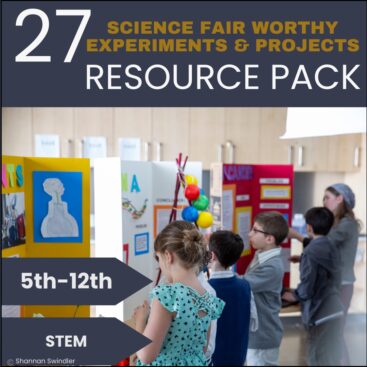 27 Science Fair-Worthy Experiments & Projects$7.00
27 Science Fair-Worthy Experiments & Projects$7.00 -
Product on sale
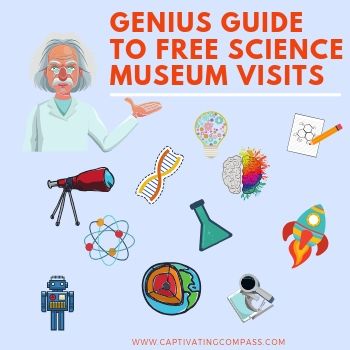 Genius Guide to FREE Visits to Science MuseumsOriginal price was: $2.00.$0.00Current price is: $0.00.
Genius Guide to FREE Visits to Science MuseumsOriginal price was: $2.00.$0.00Current price is: $0.00.
Fun and Educational Adventures: Exploring Cultural Centers and Amusement Parks
Looking for a fun and educational adventure for your next outing? Why not consider exploring cultural centers and amusement parks in your area? Take the opportunity to delve into the rich history and vibrant art scene at local cultural centers. Engage in interactive exhibits and hands-on activities that will not only entertain but also educate you on different cultures and artistic expressions. From traditional art forms to contemporary installations, there is so much to discover and appreciate.
So much can be learned on a Ferris Wheel or through learning about a famous scientist at a museum visit
For a thrilling experience, head to an amusement park where you can immerse yourself in a world of excitement and fun. Enjoy the adrenaline rush of exhilarating rides and attractions, while also taking the time to learn through interactive demonstrations and experiments. Whether it’s a physics lesson disguised as a roller coaster ride or a biology experiment presented as a game, amusement parks offer a unique blend of entertainment and education for all ages.
Combine the best of both worlds by planning a fun and educational field trip that combines art and science for kids. Visit a cultural center in the morning to explore the wonders of traditional and contemporary art, then head to an amusement park in the afternoon to experience the thrills of science through exciting demonstrations and experiments. Create lasting memories and spark curiosity in young minds with these adventurous outings that are sure to leave a lasting impression. Start planning your next cultural and amusement park adventure today and embark on a journey of discovery and learning like never before!
Stimulating Creativity and Curiosity: Designing Obstacle Courses for Interactive Learning
Get creative with obstacle course designs to engage kids in hands-on learning. Encourage problem-solving and critical thinking skills through interactive challenges. By designing obstacle courses that require kids to think outside the box and come up with creative solutions, you can help them develop valuable skills that will benefit them in all areas of life. Incorporate elements of art and science into obstacle courses for a well-rounded educational experience. For example, you could have a painting station where kids have to mix colors to move on to the next challenge, or a physics-based obstacle that requires them to use simple machines to complete a task. By combining different subjects in a fun and interactive way, you can make learning more engaging and memorable for kids.
Spark curiosity and imagination by incorporating themed obstacles based on various subjects. Whether it’s a space-themed course that teaches kids about the solar system, or a jungle-themed course that introduces them to different animals and plants, themed obstacles can capture kids’ interest and make learning more exciting. Keep things fun and exciting by allowing kids to customize and personalize their own obstacle courses.
Need help choosing Online courses for your Teen?
Read This 👉 Online Christian Home Education: Parents’ Guide
By giving kids the freedom to choose their own challenges and obstacles, you can empower them to take ownership of their learning and make it a truly personalized experience. You could even have a competition (like a science fair) where kids can design and build their own obstacle courses, fostering creativity and collaboration among participants. With a little creativity and ingenuity, you can create obstacle courses that not only stimulate kids’ creativity and curiosity but also provide a fun and interactive way for them to learn and grow.
Get Planning Memorable Art and Science Activities For Kids
That’s a wrap! It’s time to get planning memorable field trips for kids. It’s clear that interactive learning at museums, landmarks, national parks, and other attractions offers numerous benefits for children of all ages. From promoting exploration and discovery to stimulating creativity and curiosity, educational field trips are an essential part of a child’s learning experience.
By incorporating hands-on activities in field trips, children have the opportunity to engage with exhibits in a meaningful way, allowing them to learn through exploration and discovery. Visits to art museums, science centers, cultural centers, and amusement parks provide engaging learning opportunities that can spark a child’s interest in various subjects and inspire a love for learning.
Don’t forget attractions that include hands-on learning with art and science activities for kids. These type of attractions enhance the overall learning experience by allowing children to actively participate in their education. Whether it’s designing obstacle courses for interactive learning or exploring gardens and national parks, field trips offer a fun and educational adventure that can leave a lasting impression on a child’s development.
So plan field trips that focus on interactive learning. It is a valuable way to promote a child’s cognitive, social, and emotional development. By providing engaging hands-on activities at museums, landmarks, and other attractions, you can create memorable learning experiences that inspire your children to explore, discover, and learn in a way that is both fun and educational. So let’s continue to prioritize field trips for our homeschool kids and give them the opportunity to experience the world around them in a hands-on and interactive way.

Resources for Great add-ons to your Art & Science Activities.
- At-Home Science Experiments and Activities for Teens.
- 8th Grade Reading List: Homeschool Science & Math
- Art Activities for Highschoolers
You May Also Enjoy
- Let’s Study Famous Folks – December Calendar
- 75 Positive Affirmations: Printable for your Homeschool
- Let’s Study Famous Folks- November Calendar Of Famous People
- How To Turn Any Homeschool Curriculum Into A Family Travel Adventure.
- Top 5 Safest Places to Visit in South America for Homeschoolers
Add in some reading! This reading list for science and math is an excellent list for your book-loving teens.



